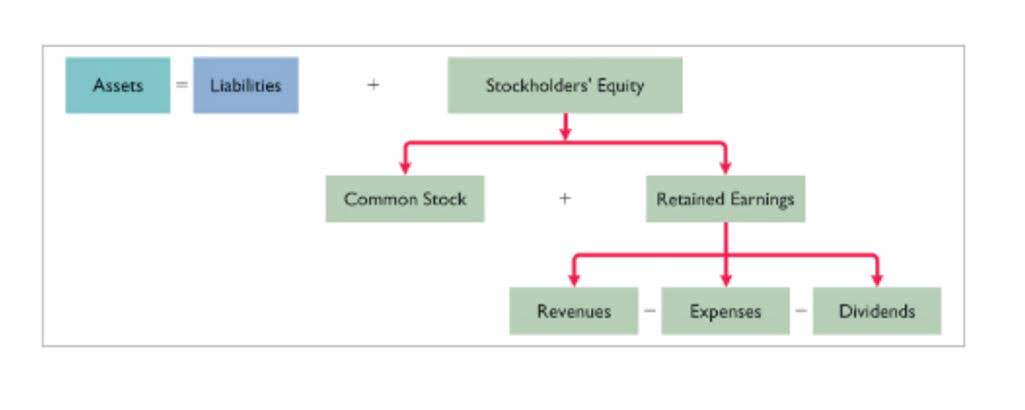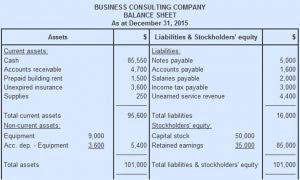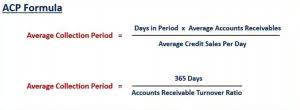
Understanding how to dissect and interpret the complex world of financial data is paramount. This section will guide you through the essential resources for conducting comprehensive cash flow analysis, focusing on regulatory filings, financial reporting software, and industry benchmarks. You can easily understand the concept of cash flow to creditors by imagining yourself as a financial detective, carefully tracing the trail of money flowing from your pocket to those you owe. By examining this metric, analysts can gauge a company’s creditworthiness and evaluate its financial health.
Variations in Formula Application
- Here, the first part represents the interest paid to creditors, and the second part corresponds to the net change in long-term debt.
- Regardless of the method used, the resulting net cash flow from operating activities will be the same.
- For instance, if a company reports an interest expense of $10,000 for the year, this is the amount of interest paid.
- It is the outflow of cash from the company to its creditors as part of its debt service.
- This section explores the distinct contributions of these key players and their collective impact on creditor decisions.
Understanding the movement of cash within a business is essential for assessing its financial health. One important component of cash flow analysis is the cash flow to creditors, which refers to the amount of money a business pays to its lenders during a specific period. This metric plays a significant role in evaluating how well a company manages its debt obligations and overall financial strategy. Calculating cash flow to creditors is an essential financial management task for businesses and investors. It helps them understand a company’s financial position and its capability to repay or manage debt obligations.
Debt Service Coverage Ratio (DSCR): Covering Total Debt Obligations
However, if someone gives you free lemons as a promotion, that’s a non-cash item cash flow to creditors equals in your business operations but doesn’t affect your actual cash flow. In summary, understanding the impact of cash flow to creditors on debt management is like having a compass for navigating the complex landscape of business finances. It helps you make smart choices that keep your business running smoothly and thriving. Cash flow to creditors is essential for investors, professionals, and creditors.
Direct vs. Indirect Methods for Operating Activities
- A company’s overall debt profile is a significant determinant of its creditworthiness.
- It provides insights into how a company manages its obligations to external parties, such as lenders, bondholders, and suppliers.
- Lenders and investors use this to gauge if a company is reliably paying its debts.
- Net new equity raised is computed as the increase inowner’s equity from year-beginning to year end, other thanretained earnings.
- The first step is to determine the “Interest Paid.” This figure is typically found as “Interest Expense” on the Income Statement.
- By carefully analyzing these metrics, creditors can gain insights into a company’s capital allocation strategy and its potential impact on future cash flows.
- It sheds light on whether a company relies on new debt to fund operations or actively reduces its outstanding borrowings.
To calculate cash flow to creditors, you need to consider both operating and financing activities, as well as dividends paid to shareholders. By bookkeeping following a few simple steps, you can gain a clear understanding of your business’s financial health and ensure that you are meeting your obligations in an efficient manner. So let’s dive into the details and learn how to calculate cash flow to creditors effectively. In summary, analyzing financing activities provides a comprehensive view of how a company manages its capital structure, interacts with creditors, and balances debt and equity. By examining these nuances, investors and analysts can assess a company’s financial stability and evaluate its ability to meet debt obligations.

Therefore, a comprehensive understanding of a company’s cash flow is crucial for creditors to mitigate risk and make informed lending decisions. Cash Flow to Creditors, or CFC, essentially measures the amount of cash available to pay creditors over a specific period. By diving into this aspect, we can see how well a business is handling its financial obligations without relying solely on profits. To calculate the cash flow to creditors formula, subtract the value of ending debt from paid interest and add the beginning debt of the accounting period. Cash flow to creditors shows how much money goes from the company to its creditors in the form of interest payments and debt repayments. It is the outflow of cash from the company to its creditors as part of its debt service.

Obtain these statements from your company’s annual report, quarterly filings, or financial reporting software. Financial reporting software provides powerful tools for automating and streamlining the cash flow analysis process. The notes to the financial statements are particularly valuable, as they provide additional details and explanations of the figures presented in the primary statements.
The Arbiters of Creditworthiness: Credit Rating Agencies and Their Assessments
Within the 10-K, you will find audited financial statements, including the Cash Flow Statement, Balance Sheet, Income Statement, and accompanying notes. Publicly traded companies in the United States are required to file regular reports with the Securities and Exchange Commission (SEC). These filings offer a wealth of information for creditors seeking to understand a company’s financial performance and position. A higher ratio indicates a greater capacity to comfortably cover interest payments.

Interest Expense: A Vital Indicator on the Income Statement

In conclusion, calculating cash flow to creditors is crucial in understanding a company’s financial health. By analyzing the cash flow from operating and financing activities and subtracting dividends paid to shareholders, you can determine the net cash flow to creditors. https://lab.haatch.in/madar/index.php/2021/04/12/a-l-business-finance-abbreviation-meaning/ This insightful calculation provides valuable insights into how much money a company owes to its creditors and helps evaluate its ability to meet debt obligations. Understanding this concept allows for informed decision-making regarding investments and financial planning.
Leave a Reply


